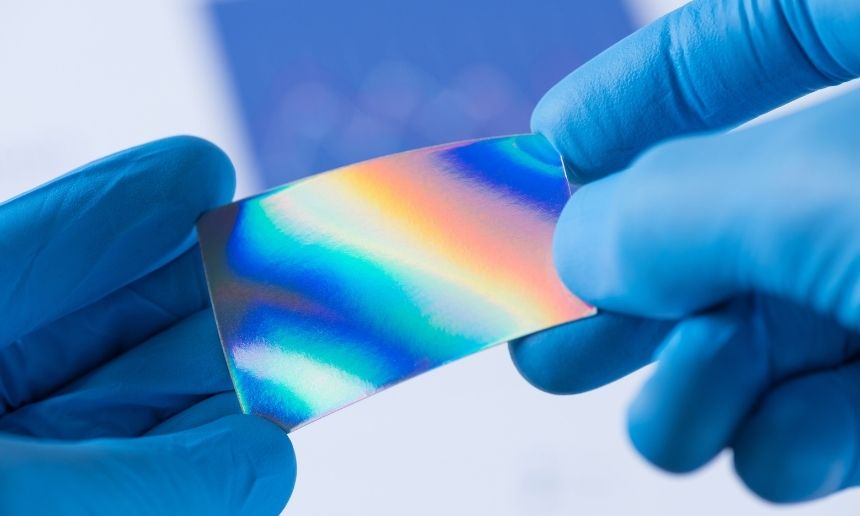The History and Uses of Metalizing

Metalizing is a general term referring to the technique of coating metal onto an object’s surface, whether for decorative, environmental, or electronic purposes. It’s an extremely reliable method of protecting parts, components, machinery, products, and more. To learn more about the history and uses of metalizing, keep on reading.
Origin of Metalizing
In 1835, Justus von Liebig succeeded in coating a metallic silver over the surface of glass. This marked one of the earliest uses of metalizing. When ABS plastic was introduced and made widely accessible, the coating of other non-metallic objects became commonplace.
How Objects Are Metalized
Non-metallic objects have poor conductivity. To overcome that limitation, a conductive surface needs to be created and applied. There’s more than one method for metalizing objects. Two common methods of metalizing include chemical vapor deposition and physical vapor deposition (or, more specifically, vacuum metalizing).
The Two Methods of Metalizing (CVD and PVD)
There are two common methods of metalizing: chemical vapor deposition and physical vapor deposition.
CVD, or chemical vapor deposition, is a vacuum deposition method used to create solid, high-quality and high-performance materials. To prepare for CVD, the non-metallic components of an object are chemically etched. The part is dipped into a hot mixture of sulfuric acid-chromic acid. Afterwards, it’s temporarily submerged into a tin chloride and palladium fluoride solution, which activates and sensitizes it. Nickel or electroless copper is used to coat the processed surface, and from there, the object can be properly metalized. During the metalizing process, the substrate is exposed to volatile precursors. These react and/or decompose on the surface, forming the necessary deposits.
PVD, or physical vapor deposition, is a term used to describe a variety of vacuum deposition methods, including sputtering and evaporation. In PVD, the metal goes back-and-forth between a condensed and vapor phase until a thin film is formed. Normally, the surface undergoes a pre-treatment. This can involve the use of acid etching, plasma, and more. Instead of being chemically bonded, evaporated atoms of metal are deposited physically onto the substrate’s surface.
During the vacuum metalizing process, a metal, usually aluminum, is evaporated in a vacuum chamber. The vapor that forms from the metal’s evaporation radiates outwards, condensing onto the surface of the substrate and creating a thin layer of metal coating. One of three methods is used to vaporize the coating metal: resistance, electron beam, or plasma heating.
Vacuum metalizing is well known as the process used to deposit aluminum on the glass mirrors of reflecting telescopes (such as the Hale telescope.)
The history and uses of metalizing are vast. The technology used to metalize objects has evolved over time, making the process not just easier, but more effective.
Having trouble with EMI? Deep Coat Industries can help. Our innovative approach to the vacuum metalizing process makes metalizing simple, and delivers high-quality, long-lasting results. We can also offer additional services to complement our vacuum metalizing core competencies, so contact us today.